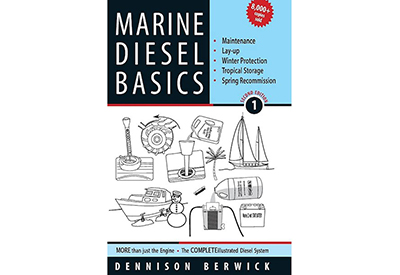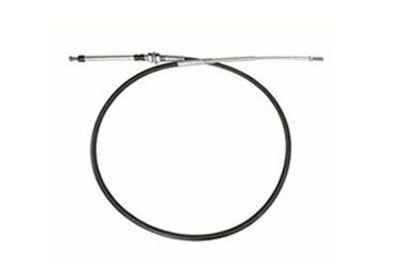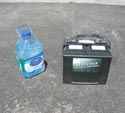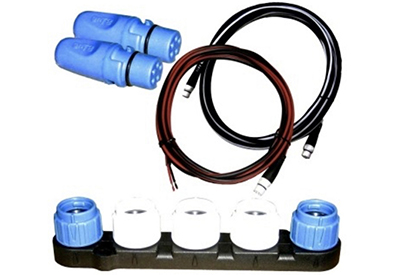On Board Entertainment

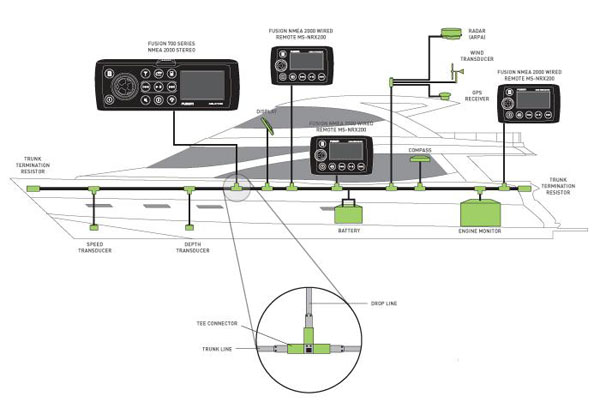
We all know how nice it is to have a great home entertainment system. Watching live sports on TV, surfing the Internet and listening to music are everyday activities that we take for granted. Because of the advances in technology, we can transfer this land-based enjoyment over to our boats. Wouldn't it be great if you could watch the latest golf tournament at your favourite anchorage, or listen to your favourite playlist from your iPod? All this is possible, and with the latest and greatest in marine technology, things like controlling your music through your MFD (Multi Function Display) and watching TV while underway, make it that much more appealing.
The core of any good entertainment system starts with the sound system and one of the main components in a sound system is the source unit, sometimes called the deck or head unit. When choosing the perfect source unit for your vessel, make a checklist of the functions that you want i.e. iPod control, satellite radio, wireless control, additional remotes. Many audiophiles these days prefer using portable music players such as the iPod/iPhone. Using a device such as an iPod, allows the user to store and carry many hours, even days worth of music. (Obviously this beats carrying around a binder full of CDs). To be able to access your entire music catalogue without ever changing a CD is a very big bonus, and one company that has taken the iPod integration to the next level is Fusion Electronics.
Fusion has developed a source unit that accepts and conceals the iPod/iPhone, which in turn protects that from the elements. With a water resistance rating of IPx5, you can rest assured that it will be safe in most of the conditions that you venture out in. From the MS-IP600 or the MS-IP700 you can access every artist, song, genre and playlist that is on your device. Also, with the 700 series you have the ability to control everything wirelessly through your iPhone or iPad when you connect an Ethernet router into the system. Because Fusion wanted to stay true to the marine industry, they made the 700 series, as well as the remote (MS-NRX200), NMEA 2000 certified. When products have an NMEA 2000 connection, they have the ability to talk to other NMEA 2000 products on a network called a backbone or trunk. This means that if you have a chart plotter that has the ability to connect into the network, and has the application, you can control the music right from your favourite MFD. This ability saves you the much needed real estate on your helm dash and makes the multifunction display that much more functional.
Garmin and Raymarine are two of the first manufacturers to have integrated the ability to control Fusion stereos. The Garmin 6000 and 7000 connect to the Fusion head through NMEA 2000, where as the Raymarine A Series connects through an Ethernet connection. One of the benefits of connecting through Ethernet is the ability to view album cover art. That is something that cannot be accomplished on a NMEA 2000 network.
We all know how television works at home; you receive a signal from a dish mounted on your roof. So, what do you do when you're boating? You install an in-motion satellite system. In-motion satellite systems have come a long way since they were introduced; they're smaller, more affordable and acquire signal faster than ever. As the name implies, an in-motion satellite system tracks and locks on to a signal when the boat is underway with motors for azimuth rotation and elevation. Also, for quicker acquisition, most units these days come with a built-in GPS.
When choosing a satellite system, you should do your research and find out what dish is best suited for your boat. Most important, you have to know what area you are going to be using the satellite in and who your service provider will be. The larger the dish, the more coverage you will have. Typically, dishes 14" in diameter and larger are recommended for areas in Georgian Bay and further north. If you enjoy watching your favourite program in HD (High Definition), make sure the unit is HD ready and can support the Ku-band HDTV. Also, if you want to be able to watch different programs on other TV's, a multi-switch as well as additional receivers will need to be installed.
In order for the satellite to perform at its best, the installation must be nearly perfect. Using the properly sized coaxial cable is crucial; RG-6 will handle most installations on vessels up to 50ft. Sometimes there might be coaxial cable left in the boat from a smaller antenna (rabbit ears). This is usually RG-58 and is not sufficient enough to carry the proper signal. High quality F-connectors should be used with the least amount of connections possible, because every connection point degrades the signal. It is highly recommended to use F compression connectors.
Placement of the dish is very important. Make sure nothing is going to block the satellite. It has to be able to have a clear view of the sky in a 360 degree rotation. Something as small as an anchor light can block the signal. Make sure the satellite is not placed in the beam of a nearby radar. It has to be mounted above in most cases.
One last thing to consider when putting together a marine entertainment system is the TV. In some applications, a regular TV from Best Buy or Future shop would do just fine. If you are looking for something that can run off 12 volts and that doesn't draw as much power, a marine TV is probably the way to go. Two companies offering marine TV's are Majestic and Jensen.
When you have made the decision to step into the world of on board entertainment, make sure you talk to your local marine electronics dealer. Your local dealer can provide with right guidance in the installation process if you choose that route, or install the complete package for you. One benefit of getting a qualified dealer to do the installation is the added warranty provided by some manufacturers.
With spring launch just around the corner, now is the best time to go shopping for that ‘killer’ system!
By Brian Kelly

